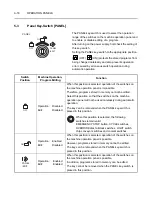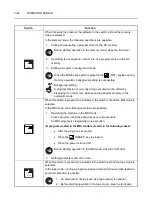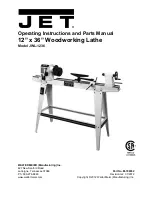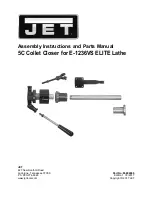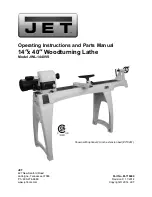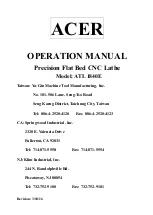
OPERATION PANELS A-31
5-6-11
Chuck Footswitch
The chuck footswitch interlock function is used to set whether or not the chuck is opened/closed
when the footswitch is stepped on.
It is made valid or invalid on the OPERATION PANEL screen.
Function selection key
(CUSTOM1)
[OPE. PANEL]
For the selection of valid/invalid of chuck 2 footswitch, page 2 of the OPERATION PANEL
screen is used. (S type)
<When the chuck footswitch interlock function is valid>
The chuck is opened/closed when the footswitch is stepped on.
<When the chuck footswitch interlock function is invalid>
The chuck is not opened/closed when the footswitch is stepped on.
This function is made invalid in the following cases to ensure safety:
•
When holding a workpiece without opening/closing the chuck, this function is made invalid to
avoid troubles incurred by stepping on the footswitch mistakenly.
•
After the completion of machining cycle
In such a case, the workpiece will fall inside the machine if the footswitch is stepped on
mistakenly. In such a case, this function is made invalid to avoid troubles incurred by
stepping on the footswitch mistakenly.
5-6-12
Chuck Jaw Stroke End Detection Switch
The machine is equipped with chuck jaw stroke end detecting switches. The spindle cannot be
started unless a workpiece is mounted within an appropriate master jaw stroke range because the
chuck clamp operation does not complete if a workpiece is not clamped within this range.
The chuck jaw stroke end detection switch can be used for rotating the spindle without a
workpiece mounted in the chuck when forming soft jaws or checking programs.
It is made valid or invalid on the OPERATION PANEL screen.
Function selection key
(CUSTOM1)
[OPE. PANEL]
For the selection of valid/invalid of chuck 2 jaw stroke end detection switch, page 2 of the
OPERATION PANEL screen is used. (S type)
For the chuck jaw stroke end detection function, refer to page C-25 (4).
1.
The chuck jaw stroke end detection function is available only when the machine is
shipped with the chuck and cylinder recommended by Mori Seiki.
2.
Depending on the chuck and cylinder specification, optional chuck clamp/unclamp
detecting switches may be equipped as a substitute for chuck jaw stroke end
detecting switches. With the chuck clamp/unclamping detecting switches, it is not
possible to detect clamping of a workpiece if it is clamped in the chuck near the
master jaw stroke end.
Depending on the combination of the selected specifications, the chuck jaw stroke
end detection switch function or the chuck clamp/unclamping detection switch
function may not be installed. For details, contact Mori Seiki.
NOTE
NOTE
NOTE


